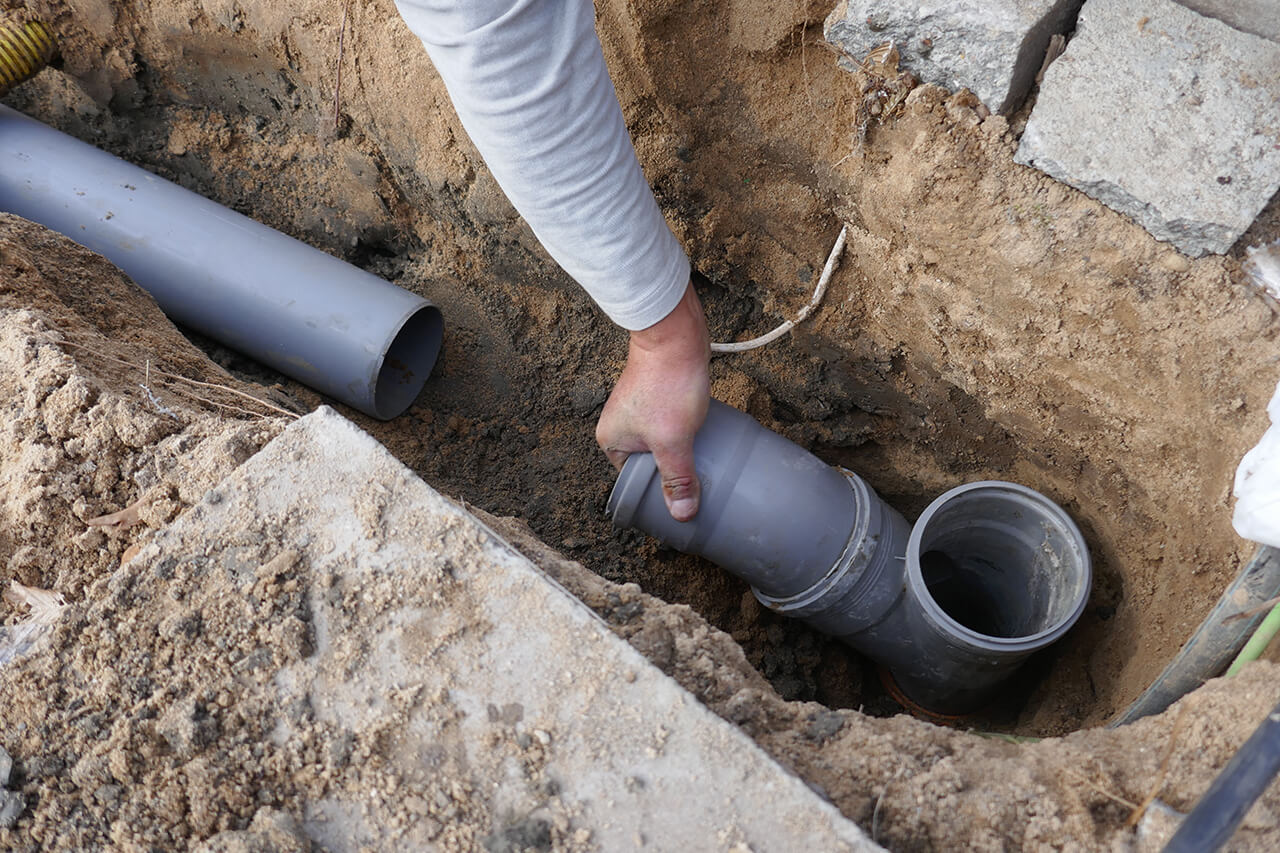
Get matched with top toilet installers or repairers in your area
Enter your zip and get matched with up to 3 pros
Matching on HomeAdvisor


Toilet installers or repairers in Buffalo-creek
No results for Toilet Install or Repair in
Try adjusting your search criteria.Toilet installs or repairs FAQs
Yes—by rinsing instead of wiping, a bidet reduces your toilet-paper habit and the resources required for every roll. Each use requires an average of 0.125 gallons of water, compared with the 37 gallons needed to produce a single roll of toilet paper. That gap shrinks your household’s water footprint and keeps extra paper out of the trash.
Swapping in a bidet seat is a quick job that a professional plumber can complete in 30 minutes. A full bidet toilet or standalone unit, however, takes two to three hours. A licensed plumber can handle the plumbing tweaks, venting, and leak checks in one visit, protecting both your floors and your warranty.
For most households, yes, installing a bidet is a worthwhile investment. A bidet helps trim your toilet paper bill, leaves you cleaner, and lightens your environmental footprint. It also gives the bathroom a modern, spa-like feel that many buyers notice when it’s time to sell. Those combined perks make the upfront cost a smart long-term play.
Most electric bidet models use a built-in heater that warms the spray on demand. Non-electric versions tap into the home’s hot-water line—usually the one feeding water to the sink—so you still get a warm rinse, though you’ll need the services of a professional plumber to run that line behind the toilet.





- Plumbing - Multiple Projects
- Shower Pan Install
- Plumbing for a Remodel or Addition - Install
- Plumbing Item Repair
- Water Heater - Repair or Service
- Sink Repair
- Steam Shower - Install
- Faucet Install or Replace
- Walk In Tub - Install or Replace
- Drain Repair
- Shower Install or Replace
- Pipe Repair
- Drain Line Breakage - Camera Locate
- Tankless Water Heater - Install
- Water Main - Install, Replace or Repair
- Sump Pump - Repair or Replace
- Sink Install or Repair
- Drain Clog or Blockage - Clear
- Sewer Main - Clear
- Faucets, Fixtures and Pipes - Repair or Replace
- Plumbing Item Installation
- Sink Installation
- Pipe Installation
- Faucet Installation
- Whirlpool Bathtub Install or Replace
- Plumbing Multi-Item Installation
- Water Heater - Install or Replace
- Sewer Main - Install, Replace or Repair
- Drain Installation
- Plumbing Multi-item Repair
- Toilet Installation
- Bathtub Install or Replace
- Sump Pump or Interior Foundation Drains - Install
- Birmingham
- Phoenix
- Tucson
- Fresno
- Long Beach
- Los Angeles
- Modesto
- Sacramento
- San Diego
- San Francisco
- San Jose
- Denver
- Hartford
- Washington DC
- Fort Lauderdale
- Jacksonville
- Miami
- Orlando
- Tampa
- Atlanta
- Chicago
- Indianapolis
- Louisville
- New Orleans
- Baltimore
- Boston
- Detroit
- Grand Rapids
- Minneapolis
- Saint Paul
- Kansas City
- Saint Louis
- Las Vegas
- Albany
- New York
- Asheville
- Charlotte
- Greensboro
- Raleigh
- Winston Salem
- Cincinnati
- Cleveland
- Columbus
- Oklahoma City
- Portland
- Harrisburg
- Philadelphia
- Pittsburgh
- Providence
- Memphis
- Nashville
- Austin
- Dallas
- El Paso
- Fort Worth
- Houston
- San Antonio
- Salt Lake City
- Norfolk
- Richmond
- Virginia Beach
- Seattle
- Madison
- Milwaukee



